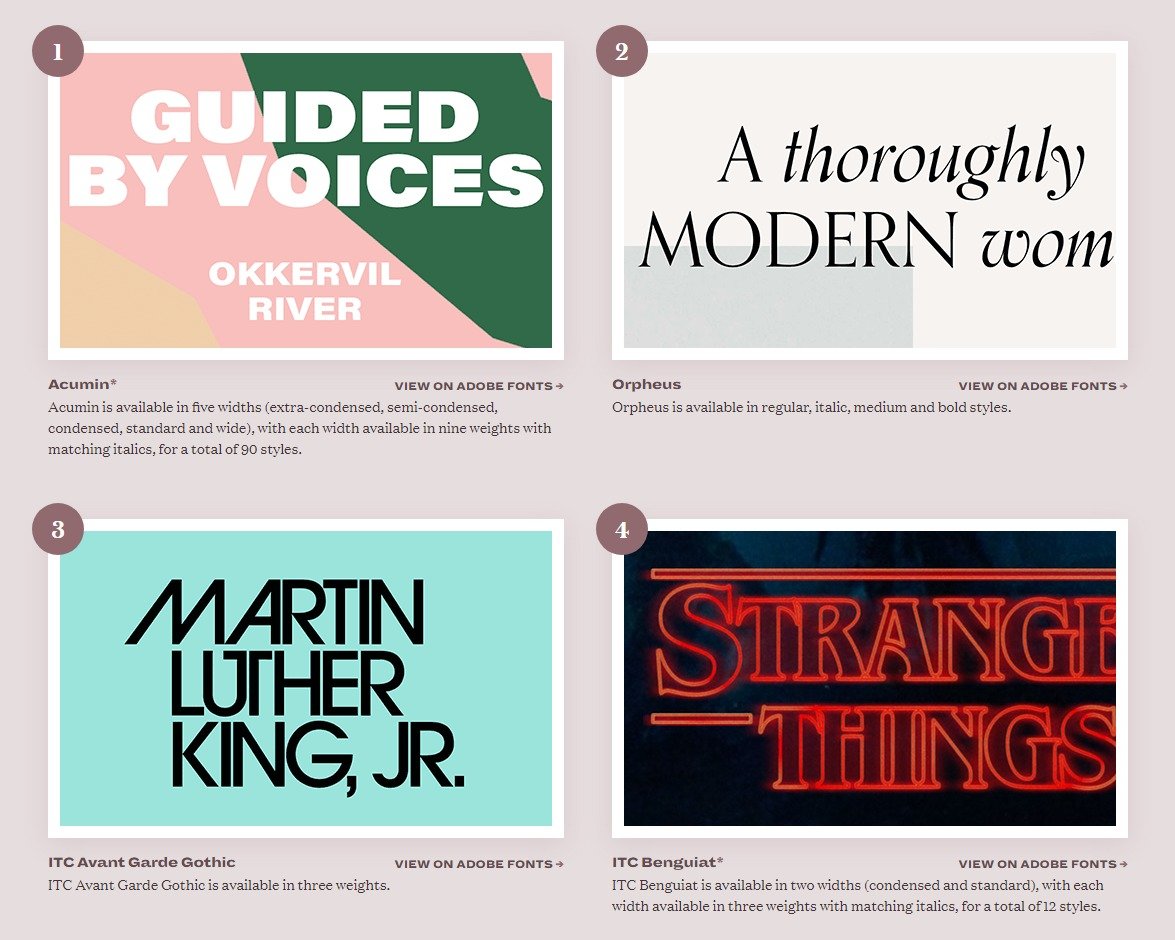Not for me the genteel serifs of a Caslon or a Garamond. I prefer a typeface that makes a virtue of its serifs, and the slabs are squarely in that category. Slab serifs are sometimes heavy to the point of absurdity, or vanishingly thin. What they all have are prominent, unapologetic serifs. To me, the serifs look like purposeful feet marching across the page. Slabs are sometimes called Egyptian, a artefact of a brief European fascination with all things (Ancient) Egyptian. The style owes nothing to Egyptian writing styles, and is rooted firmly in the European typographic tradition. Other characteristics of the slab are minimal stroke width variation, and a large x-height. Their strong personality makes them natural attention-getters.
Favourite Slabs:
- Clarendon
- Rockwell
- Guardian Egyptian
- Stag
- FF Unit Slab
- Sentinel
- Archer
- Geometric Slab Serif
- Museo Sans







